Dental implants
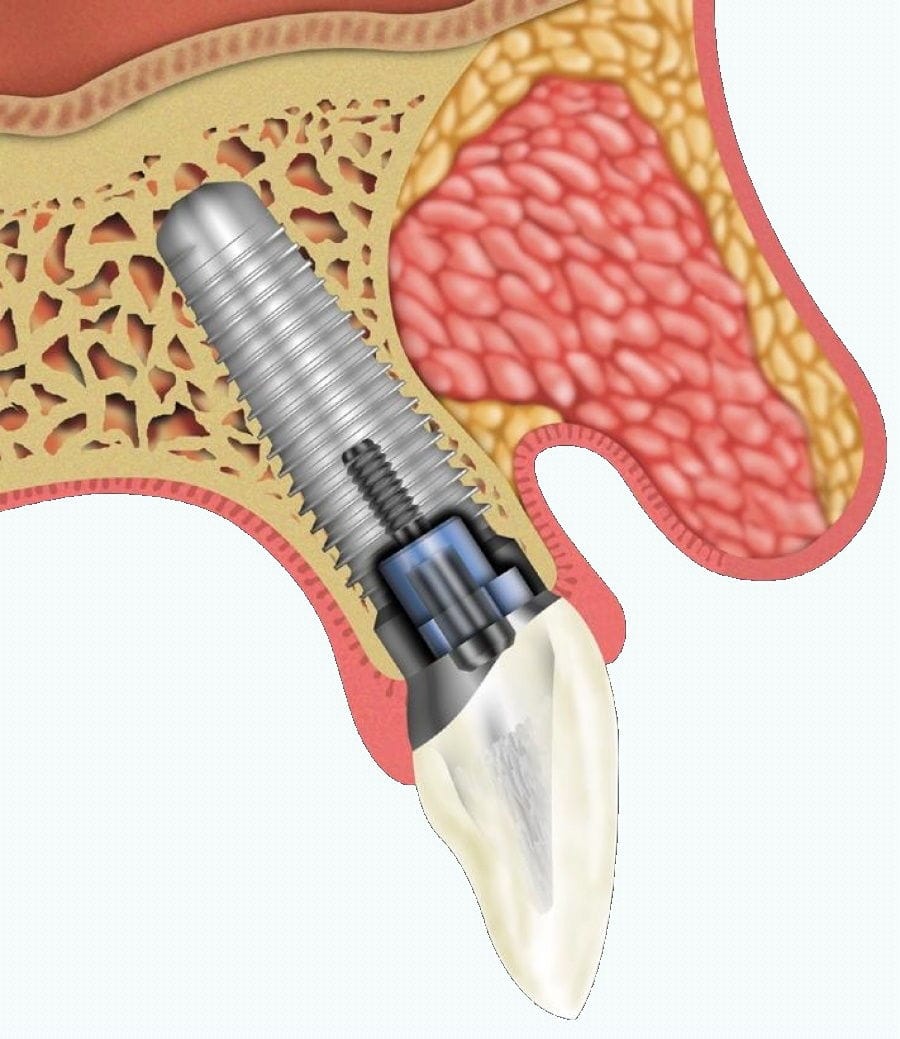
The dental implant is in the form of a "screw", of various types depending on the category to which it belongs and the manufacturer. Each manufacturer has a well established price depending on the quality of the material. The price of a dental implant thus varies according to the type of implant chosen.
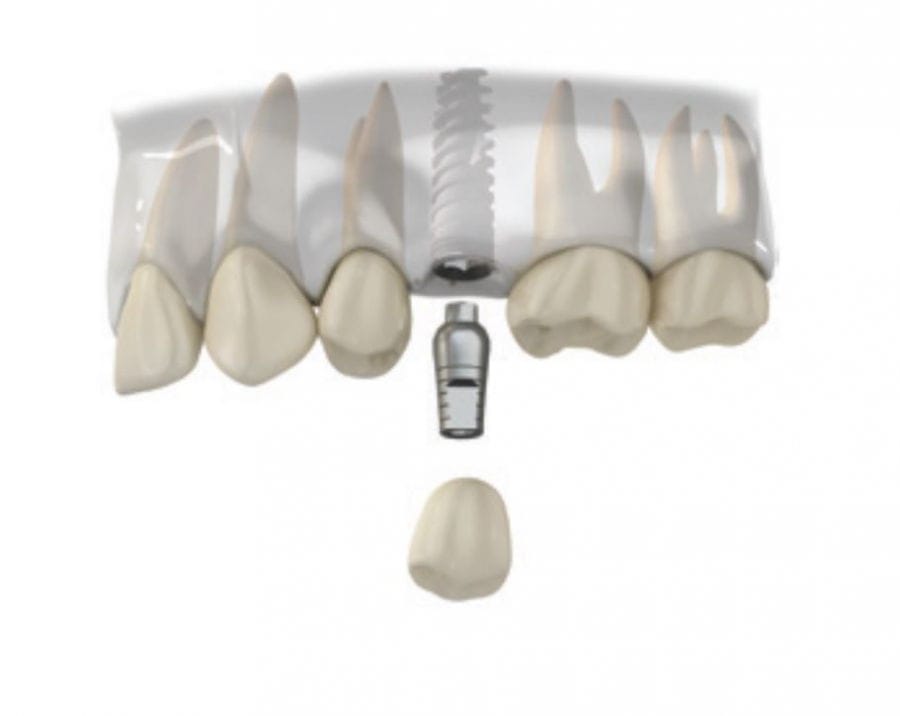
Clinical studies on dental implant treatment have shown that long-term results are positive. The design of the implants and their surface treatment ensure very good strength and retention of the restorations in place.

Especially in older people, due to long edentulousness, the bone crest of the teeth narrows, making dental implant treatment impossible. A modern solution in these clinical situations is dentures supported on mini dental implants.

Orthodontic dental implants are shorter and thinner than regular implants and are used for a short period of time. The implantologist inserts these implants and the orthodontist attaches different forces to these implants to control the movement of the teeth.
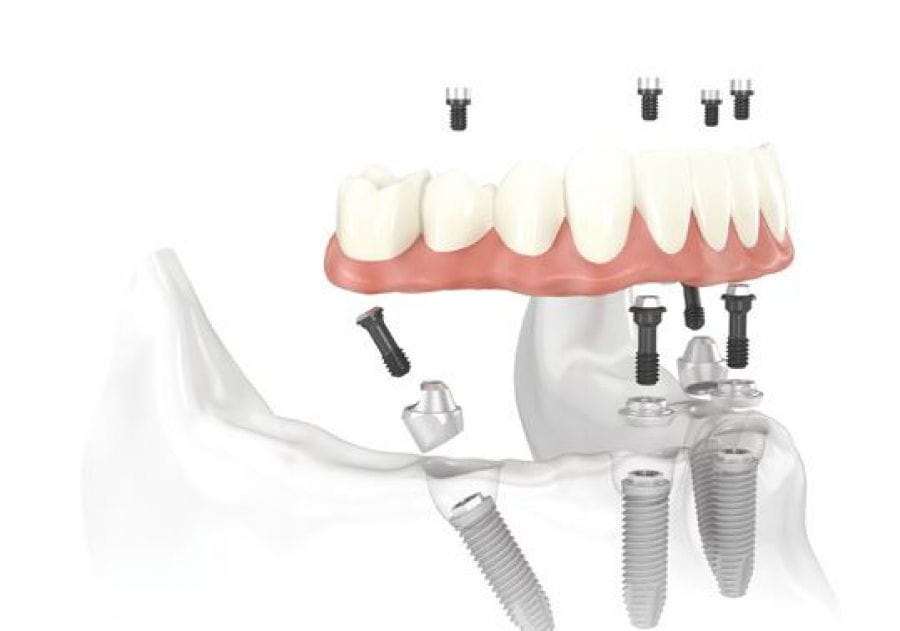
The advantages of dental implant treatment are numerous and that is why it has become a standard treatment in modern dentistry. Unfortunately not all patients can benefit from this type of treatment due to contraindications but most of the problems that can prevent the insertion of a dental implant can be solved.
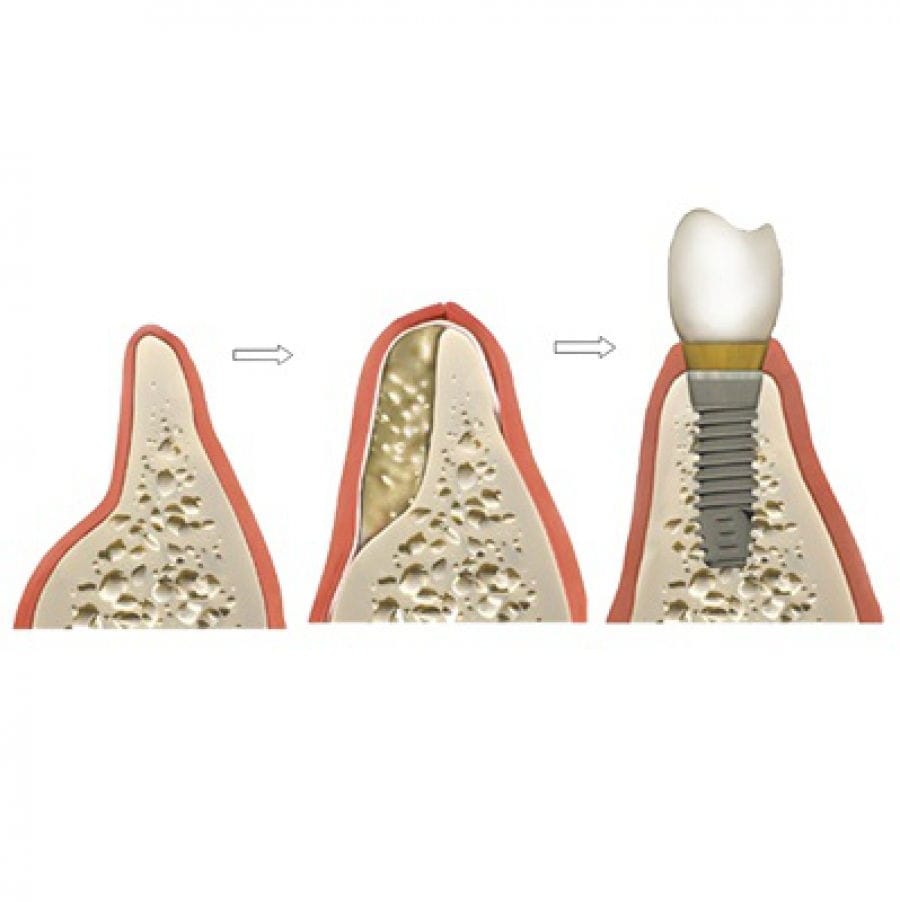
Bone addition is a surgical procedure to add bone or to help the body produce bone tissue in areas of the jaw where there is bone resorption.
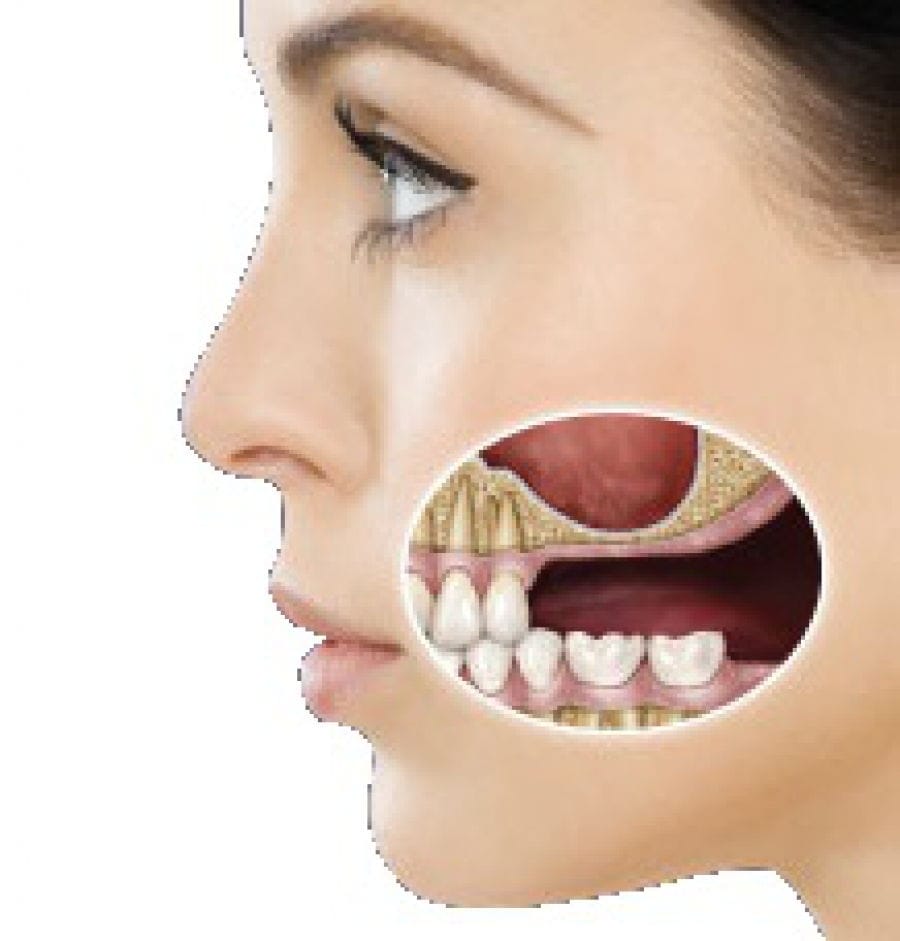
A sinus lift is a surgical procedure to lift the floor of the maxillary sinus in order to insert the dental implant into the jawbone. It is an additive surgical procedure that allows the amount of bone in the posterior area of the jaw to be increased.
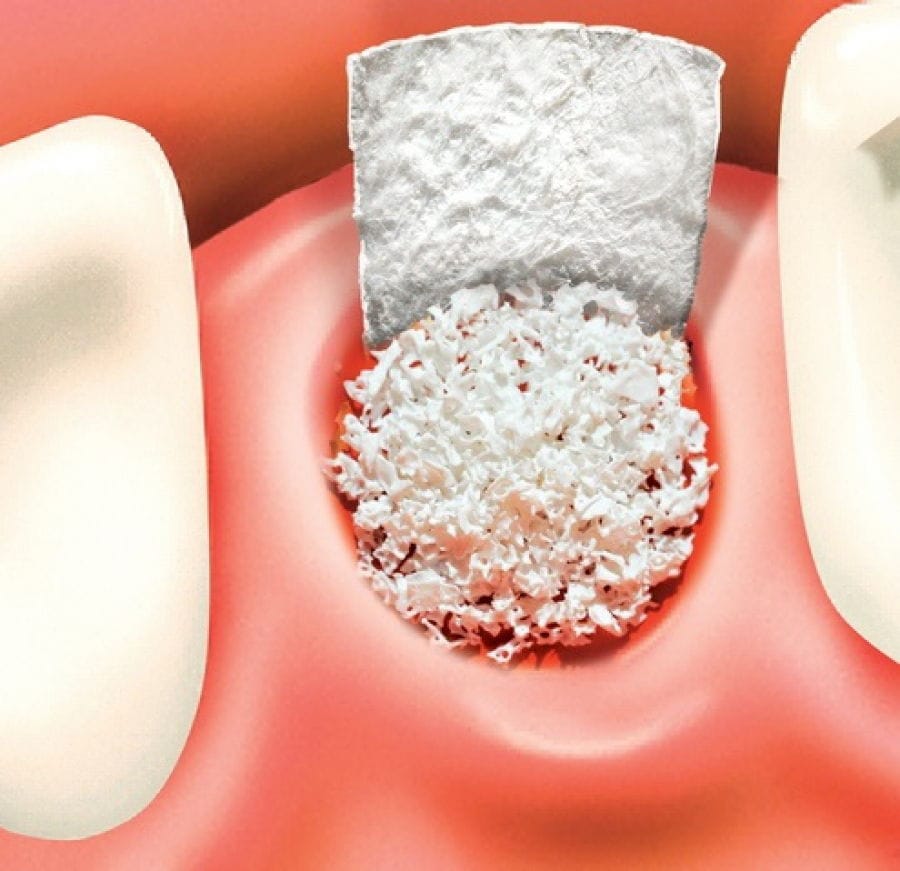
A critical amount of bone tissue surrounding a dental implant is required so that it can fuse (osseointegrate) with the jawbone or wisdom tooth, gaining the essential stability of remaining on the arch for as long as possible.
 RO
RO  EN
EN 